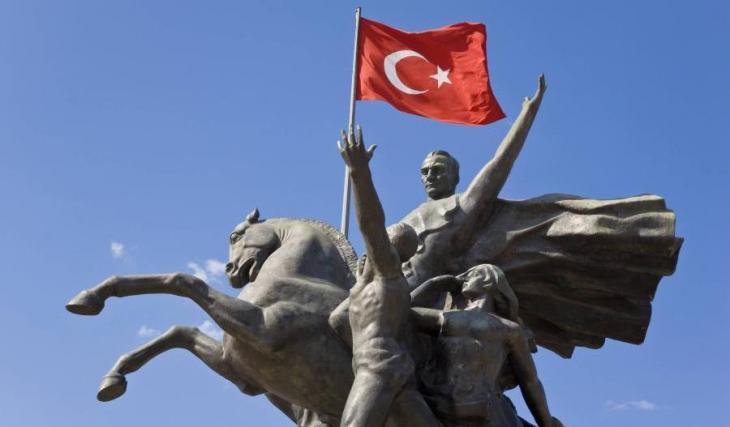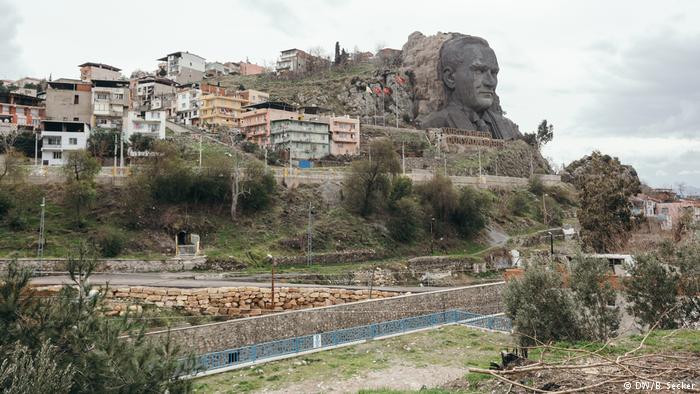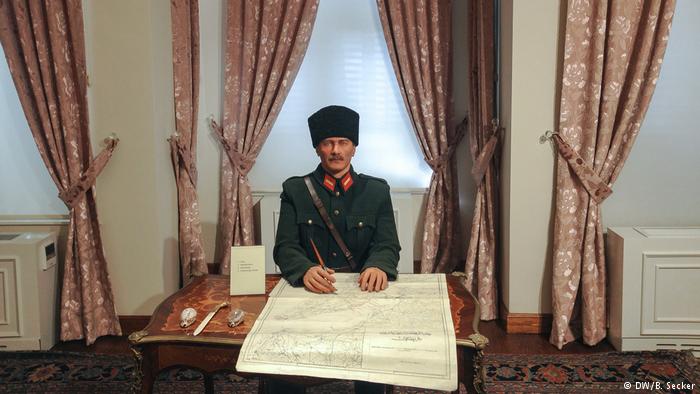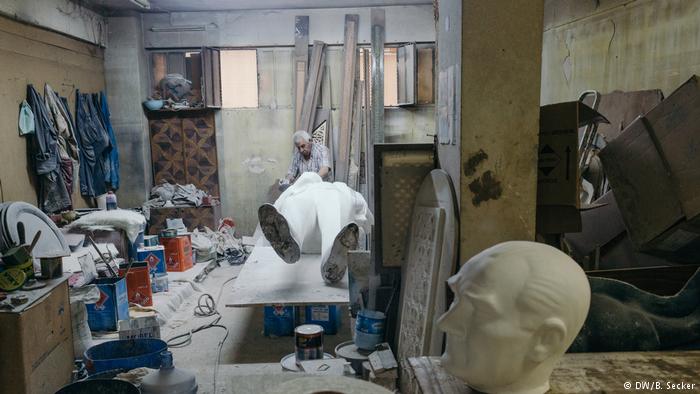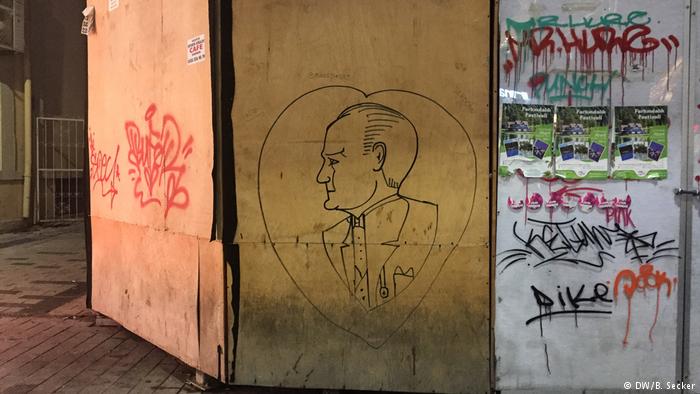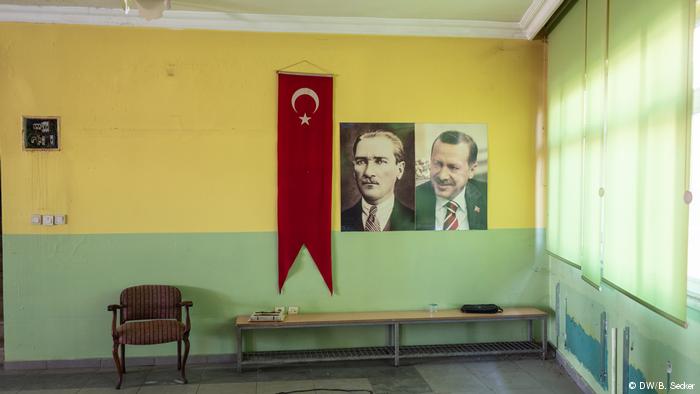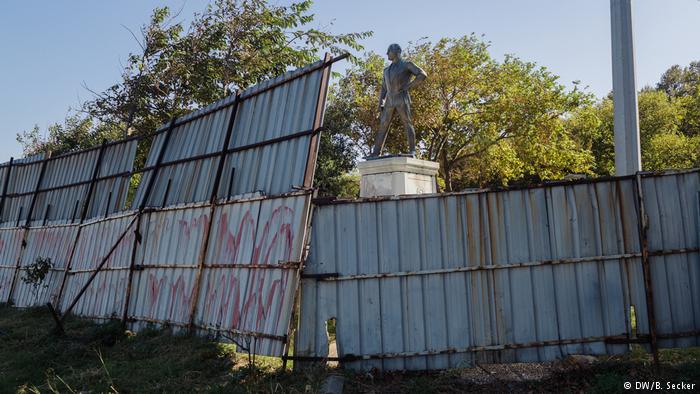What's left of the 'Republican woman'?
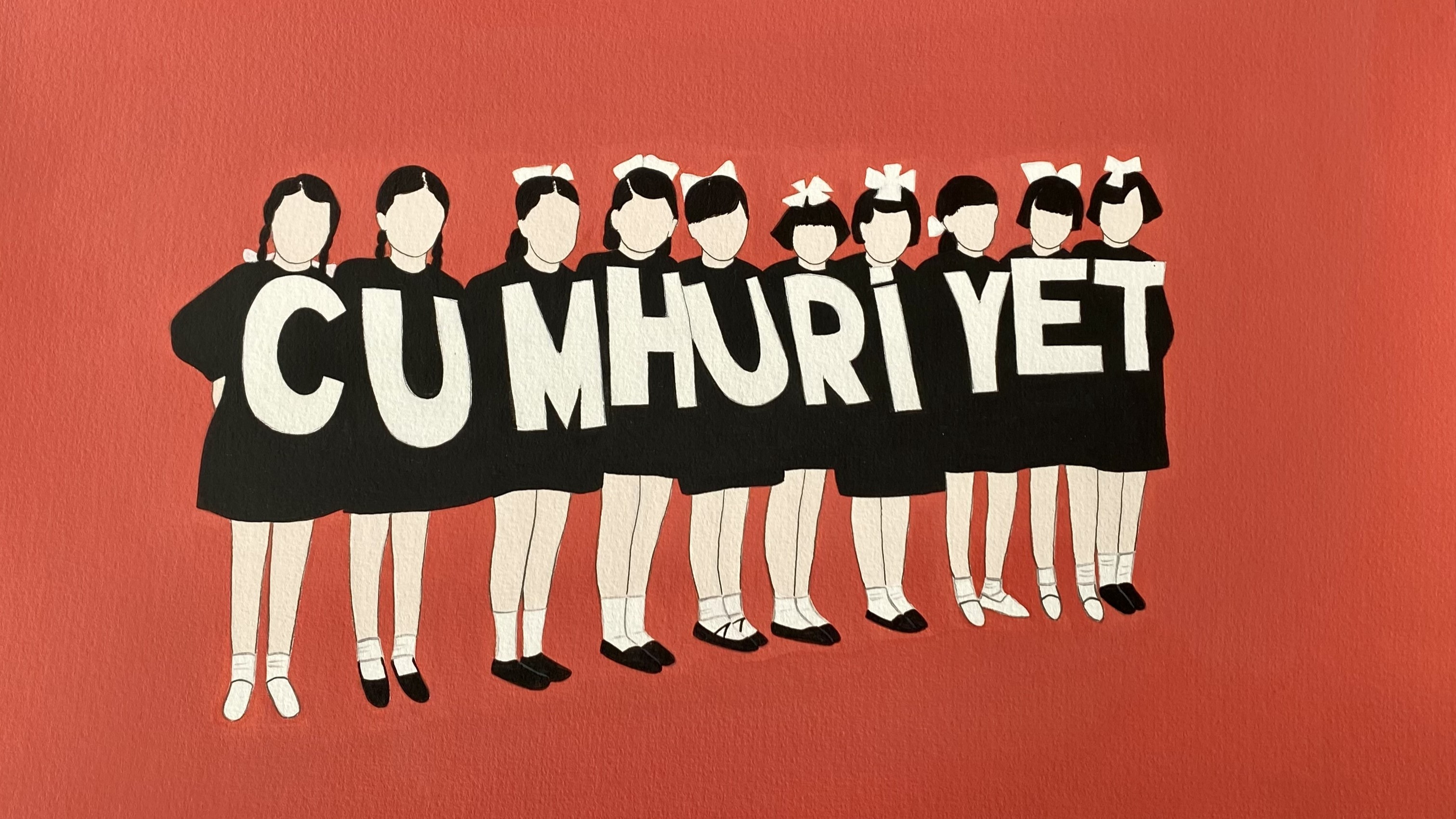
Modern, western, secular – that was the vision of the Turkish Republic, founded in 1923 from what remained of the Ottoman Empire. While the Kemalist elites were establishing their progressive state and its institutions, they pushed ahead with a social project that broke radically with the past by making women one of its cornerstones.
Gender equality in the public sphere became national policy in Mustafa Kemal Ataturk's male-dominated state. The ideal of the "Republican woman" – unveiled, well-educated, socially progressive – was propagated and promoted.
Reality, however, lagged behind this vision. True, the republic gave women the right to vote in 1926 when Turkey adopted the Swiss civil code. But beyond the urban elites, such reforms were slow to take effect. And while the state focused on expanding the role of women in the public sphere, it largely ignored everything that went on behind closed doors.
Turkey's Ataturk still prevalent in everyday life
Symbols of modernisation
To mark the centenary of the Turkish Republic, artist Gamze Tasdan decided to explore the depiction of this ideal in her exhibition "Cumhuriyet Kizlari", literally 'Republic Girls'.
"These girls with their short black hair, their innocent and romantic body language became synonymous with modernisation. They attended village institutes, sewing courses, girls' schools, scout camps, the beaches, as well as fine restaurants with live music – effectively entering the public sphere," says Tasdan.
Her work is based on photos from the early years of the republic. To her, these girls radiate both joy and astonishment at the rights that were granted to them with the advent of Kemalism.

"It seems as if they are happy about their rights and freedoms and at the same time are caught between their own desires and feelings on the one hand and social ideology on the other," says Tasdan.
In her portrayals, the girls have no faces. And yet it seems as if they are looking directly at the viewer. The artist explains that her aim was not to depict the identities of these girls, but rather that for which they stood. And what would her Republic Girls look like today?
"Today, one hundred years later, many of the realised and unrealised dreams of the Turkish Republic are in danger of disappearing. It is very sad," says Tasdan. "Just as these girls were deliberately made symbols of the modernisation process back then, today deliberate attempts are being made to destroy our republican values."
She and other female artists are determined to keep "the miracle of that time" alive.
Feminist art from the 1980s onwards
After the brutal military coup in 1980, Turkey fell into a collective state of shock. Only as the political atmosphere gradually relaxed in the years that followed did a social space emerge in which an awareness of gender roles and women's rights could gradually develop.
Over time, non-governmental organisations were founded, including those that demanded and defended women's rights.

درويش تائه وعاشقة يهودية في "قواعد العشق الأربعون"
بجرأة القرن الحادي والعشرين، دلفت الكاتبة التركية أليف شفق إلى عالم المتصوفة من القرن الثالث عشر ميلادي وزاوجت في روايتها "قواعد العشق الأربعون" حياة جلال الدين الرومي وعلاقته بالمتصوف شمس الدين التبريزي بقصة حب خائنة تنتهي بخيبة فاجعة. ملهم الملائكة وافى موقع قنطرة بقراءته التالية للرواية.
Simultaneously, an increasing number of women artists moved into the public space and began addressing issues such as inequality, the objectification of women and their struggle in society, including pioneers of feminist art such as Nil Yalter, Nur Kocak, Gulsun Karamustafa and Fusun Onur, who represented Turkey at the Venice Biennale in 2022.
Forced out of the public sphere
These days, the women's movement, which demonstrates annually on the streets of Istanbul to mark International Women's Day, is becoming louder, more fearless and more creative from year to year. Contemporary art is increasingly a platform where the rights of women and LGBTQ+ are negotiated.
One of the country's biggest social problems, male violence against women – which often ends in murder – has been addressed by numerous female artists. The multidisciplinary artist and activist CANAN, for example, declared the personal and private to be a political issue. She uses her work to scrutinise the power and influence exerted by religion, government and society on personal decisions.
Performance artist Isil Egrikavuk likewise takes a critical look at conservative gender norms. She has lived in Berlin since 2017 and teaches at the Berlin University of the Arts. At the interface of art and science, her work deals with the topics of protest, feminism, identity politics, nature and networking.
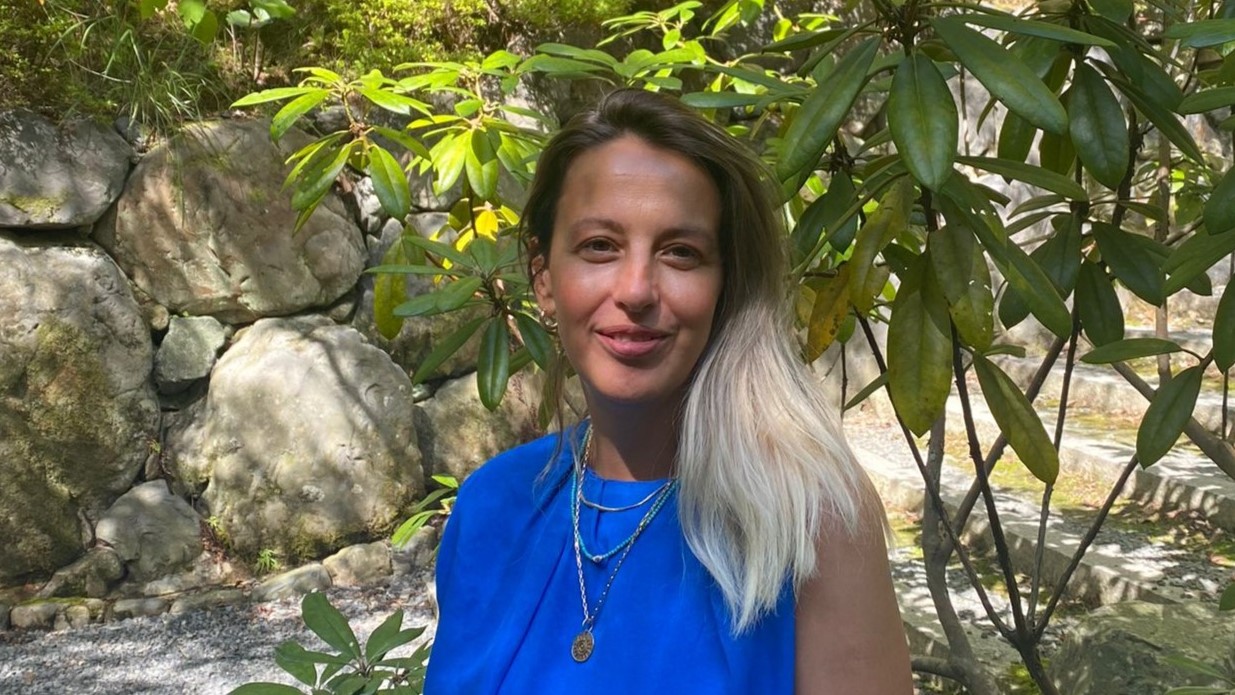
"Eve, my girl, finish your apple!"
For some ten years now, attempts to push women out of the public sphere in Turkey have been ongoing, she observes. It is evident in the restriction of public expression, of the right to protest and demonstrate. Female artists and academics alike are feeling the effects.
Egrikavuk's work is characterised by humour and satire. "The atmosphere in Turkey is already very dark, especially when it comes to violence, injustice and the daily violence experienced by women. I think humorous and imaginative art that highlights different perspectives can sometimes be more effective," she says.
In her installation "Eve, my girl, finish your apple!", for example, she explores the narrative of the seductive Eve, popularly blamed for making Adam sin.
"We see similar narratives in the arguments that are put forward when it comes to femicide: the woman seduced the man, had a relationship with someone else, was dressed too revealingly, laughed too loudly," says Egrikavuk.
"I asked myself what would happen if we told Eve, as a mother might do: Eve, finish your apple, save your strength for yourself." Her installation, mounted on the roof of a hotel, was removed overnight without explanation.
There are many feminist curators and artists in contemporary Turkey who, despite repression and censorship, have contributed to making the women's movement one of the country's most important social movements, strengthened by great solidarity among themselves and through social media.
At the same time, a feminist art scene that addresses the new realities of women is developing in the diaspora, for example in Berlin, where many artists from Turkey currently live – looking at belonging, the concept of home and feelings of displacement.
© Qantara.de 2023

